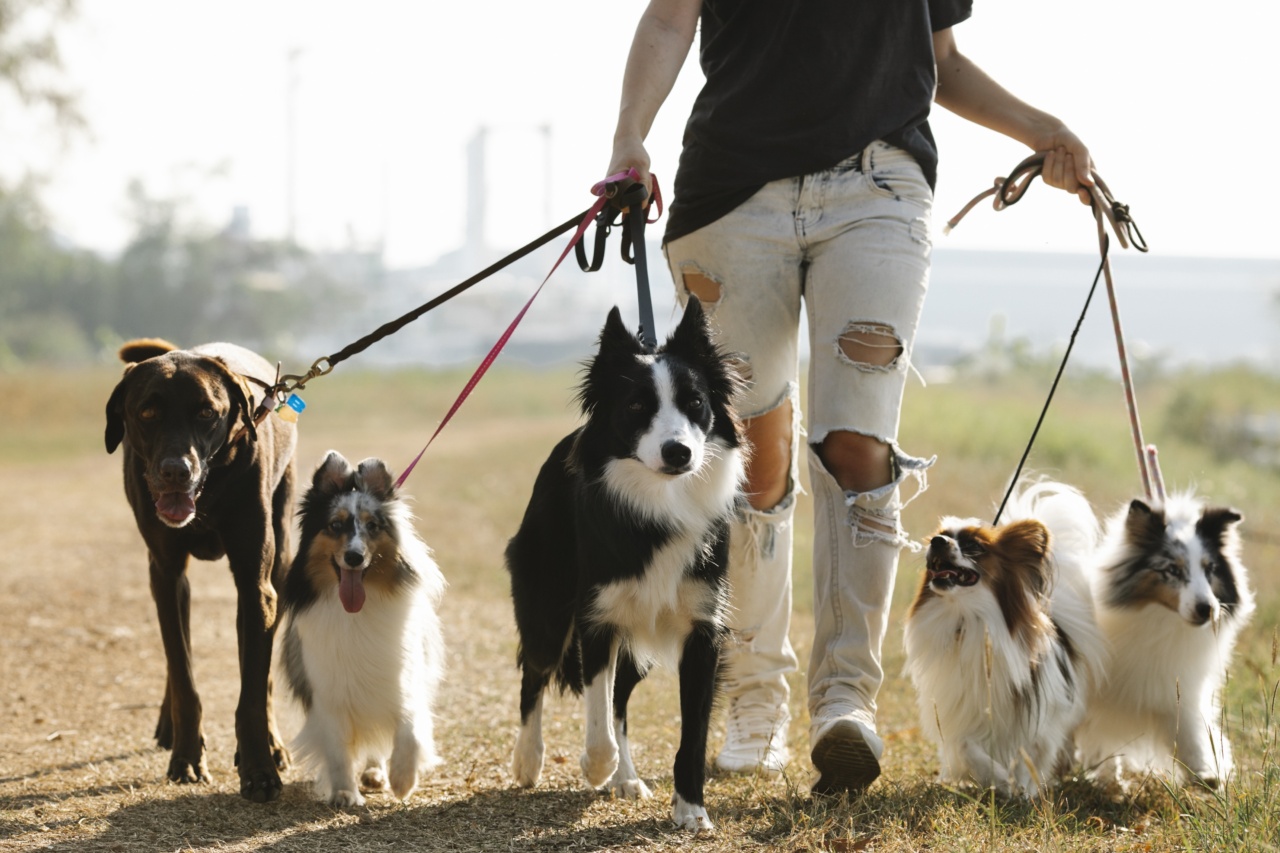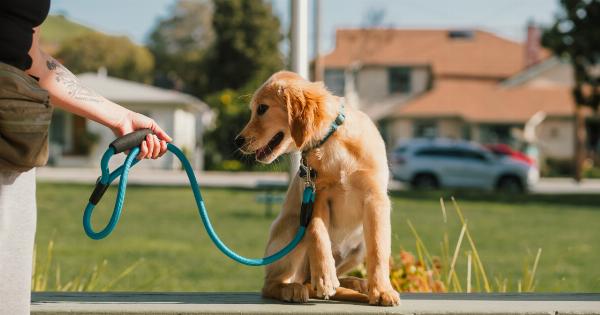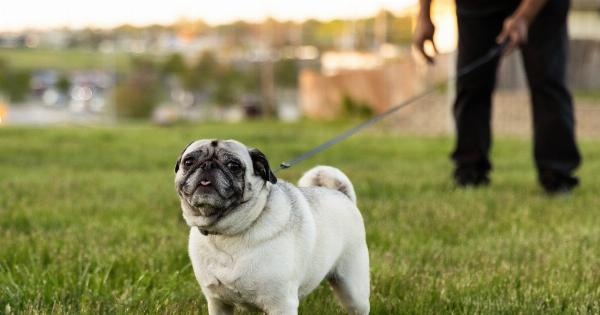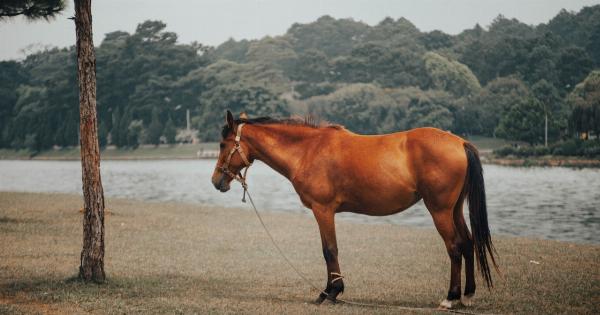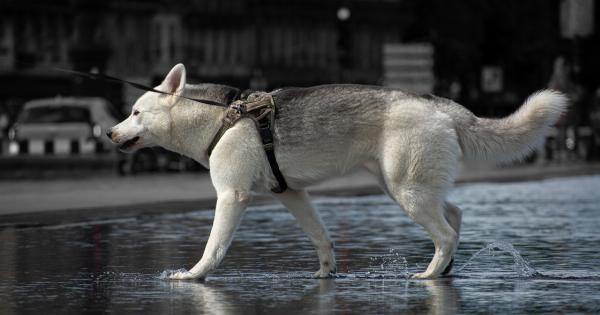Walking your dog on a leash is an essential and fun activity for both you and your furry friend. It not only provides exercise and mental stimulation for the dog but also helps strengthen the bond between the two of you.
Here are ten tips to make your walk a pleasant and safe experience.
1. Start with the Right Equipment
The first and most fundamental step in walking your dog on a leash is to have the right equipment. You need a sturdy and comfortable leash and a properly fitting collar or harness.
For larger dogs, a harness provides better control and prevents neck injuries. The leash should be long enough to allow your dog to walk comfortably but not so long that it becomes tangled.
2. Know Your Dog’s Limits
Before you start walking, it’s essential to know your dog’s limits. Some dogs are not used to walks, while others are highly energetic and need longer walks.
If your dog is a puppy or elderly, it may not be able to walk long distances without getting tired or injured. You also need to be mindful of your dog’s personality. A shy or nervous dog might need a quieter route or a shorter walk.
3. Pick the Right Route
Choosing the right walking route is essential. If your dog is not used to being around other dogs or people, avoid crowded areas. If your dog is overly enthusiastic or easily distracted, choose a quiet route, such as a park or a quiet street.
If you’re walking at night, make sure the route is well-lit, and you wear reflective gear.
4. Pay Attention to Your Dog’s Needs
While walking your dog on a leash, it’s essential to pay attention to their needs. Dogs may need a break, water or simply a chance to sniff around. Give them enough time to do what they need to do.
If your dog shows signs of distress, such as panting or abnormal behaviour, it may be time to take a break and give them some water.
5. Train Your Dog to Walk on a Leash
If your dog has never walked on a leash before, it’s essential to train them before heading out on a walk. Introduce the leash and collar or harness gradually. Teach your dog to walk beside you and respond to simple commands, such as sit or stay.
Be patient and consistent in your training, and use positive reinforcement, such as treats, to reward good behaviour.
6. Stay in Control
When walking your dog on a leash, it’s essential to stay in control. Keep a firm but gentle grip on the leash, and stay alert to your surroundings. If your dog starts pulling or lunging, stop walking and regain control.
Teach your dog to walk beside you instead of ahead or behind you.
7. Be Prepared for the Unexpected
Even the most well-trained dog can act unpredictably when outside. Be prepared for sudden movements or distractions that may cause your dog to pull or lunge. Carry some treats or toys to distract your dog or keep them calm.
You can also use a gentle tug on the leash to signal your dog to stop or calm down.
8. Pick up After Your Dog
Always be responsible and pick up after your dog. Carry some plastic bags and dispose of them properly. Not only is it good etiquette, but it also helps keep the environment clean and safe.
Some parks and public areas have laws that require dog owners to pick up after their pets.
9. Protect Your Dog from the Elements
When walking your dog on a leash, make sure to protect them from the elements. In the summer, avoid walking during the hottest parts of the day and bring water to keep your dog hydrated.
In the winter, cover your dog with a coat or sweater, especially if they have a short coat. Protect their paws from the cold with booties or a paw balm.
10. Enjoy the Walk
Making walking your dog an enjoyable experience is the most important tip. Take the time to bond with your dog and enjoy the fresh air and scenery. Use this time to communicate with your dog and strengthen your relationship.
A positive walking experience can benefit both you and your furry friend and bring you closer together.
